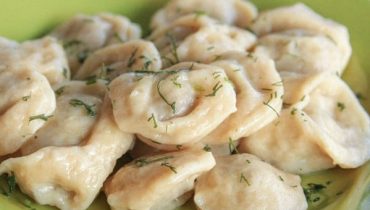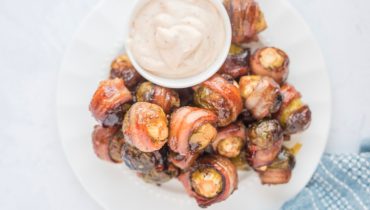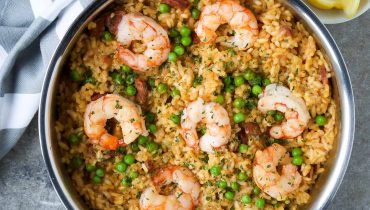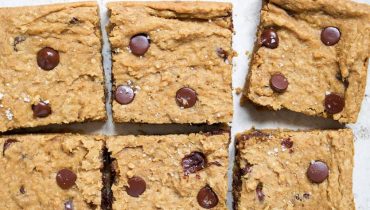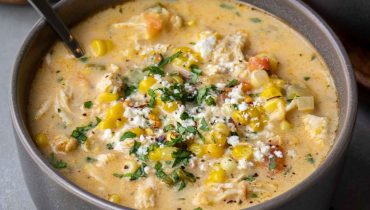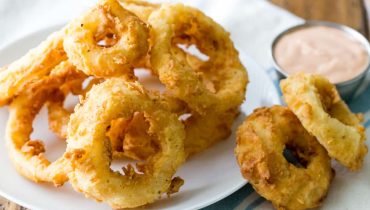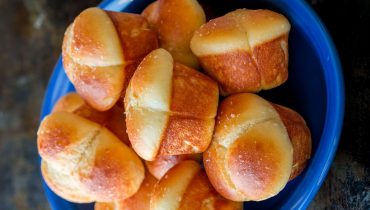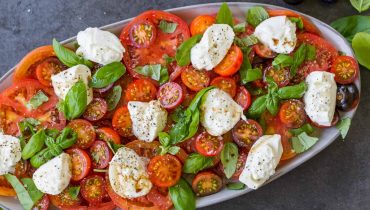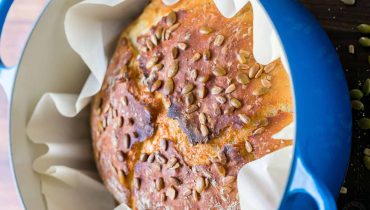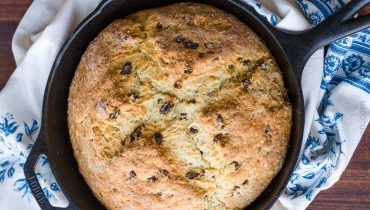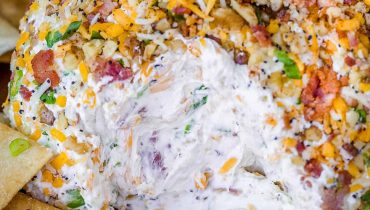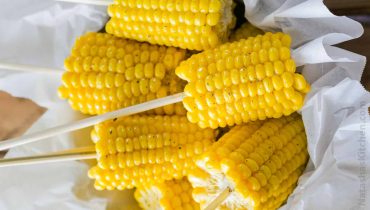Boost Your Health with These 12 Probiotic Foods
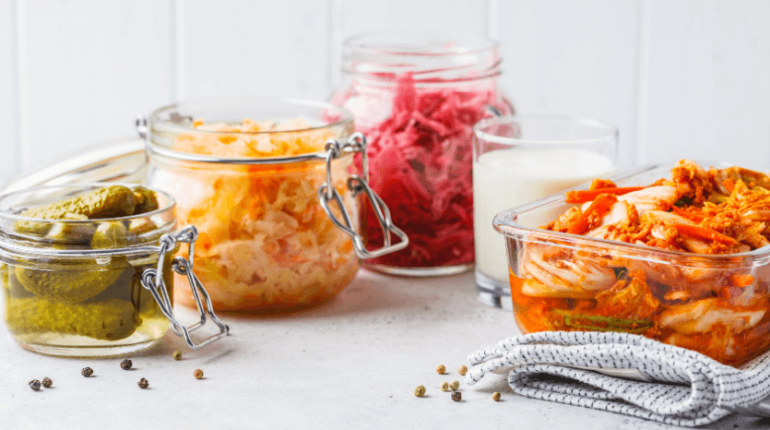
Posted October 2, 2023 by: Admin
You may be surprised to discover that a battle of bacteria is unfolding within your body, particularly in your gut. It is crucial to aid the good bacteria in their quest for victory. These essential beneficial bacteria have been proven to promote overall health, as well as contribute to digestive health, mental well-being, immune system strength, and weight management. Fortunately, you can easily find probiotics in various common grocery store items if you know what to look for. From yogurt to sauerkraut to kombucha, here is a compilation of healthy probiotic foods that you can incorporate into your diet today.
What are Probiotics?
Probiotics are living microorganisms, which include bacteria and yeast, that reside in the body’s gut microbiome and are beneficial for health. The term “probiotic” is a combination of two words: “pro,” meaning “in favor of,” and “biotic,” meaning “life,” defining probiotics as life-promoting. In general, there are two types of bacteria: good bacteria and bad bacteria, and probiotics fall under the category of good bacteria, aiding in digestion, immune health, and overall well-being. (1)(2)
Historically, probiotics were part of traditional diets, often consumed through fresh foods from fertile soil or by fermenting foods to prevent spoilage. Although less common in today’s standard North American diet, probiotics can still be found in many common grocery store products.
What are Probiotic Foods?
Probiotics naturally occur in fermented foods. Fermentation is the chemical process of breaking down sugars in foods (by bacteria and yeast) to preserve them for extended periods. This natural fermentation process generates probiotic bacteria. However, it’s essential to note that not all fermented foods contain probiotics. The reason for this is that fermentation can occur through various processes, resulting in different outcomes. Only the appropriate process will produce probiotics and probiotic foods. For instance, the fermentation process used in beer production involves yeast (not bacteria), and the acid in beer counterbalances the fermentation effects, not to mention the presence of sugar and alcohol.
Thankfully, finding fermented and probiotic foods is more straightforward than you might think. Many traditionally fermented foods continue to populate our grocery store shelves today.
List of Probiotic Foods
Here’s a list of probiotic foods that are both beneficial and readily available.
1. Yogurt
Yogurt is one of the most common and popular probiotic foods. Commercial yogurt is produced by adding two bacterial strains, Streptococcus thermophilus and Lactobacillus bulgaricus, to milk, which thickens the milk through the lactic acid produced by the bacteria. However, these bacteria strains, while forms of bacteria, do not offer the same health benefits as live probiotics. Unfortunately, not all yogurt in grocery stores is traditionally fermented. Therefore, when selecting yogurt, be sure to read the label and opt for yogurt containing ‘live active cultures’ or ‘live bacterial cultures’ to ensure you’re getting genuine probiotic-rich food.
2. Kefir
Similar to yogurt, kefir is a fermented milk drink made from kefir grains, a specific type of mesophilic symbiotic culture. Kefir has a tangy, thick, creamy consistency, similar to drinkable yogurt, and can be crafted from cow’s or goat’s milk. Kefir boasts a diverse array of microorganisms and their interactions, making it a natural source of probiotics. (3)
3. Sauerkraut
Sauerkraut is created through a process called lacto-fermentation, involving finely shredded cabbage. Unpasteurized sauerkraut is rich in Lactobacillus bacteria, as well as fiber, vitamins C, B, and K. (4) A staple in German cuisine, sauerkraut is often used as a side dish or topping for meat and sausages. To enjoy probiotic benefits, make sure to select unpasteurized sauerkraut, as pasteurization kills the live and active bacteria.
4. Tempeh
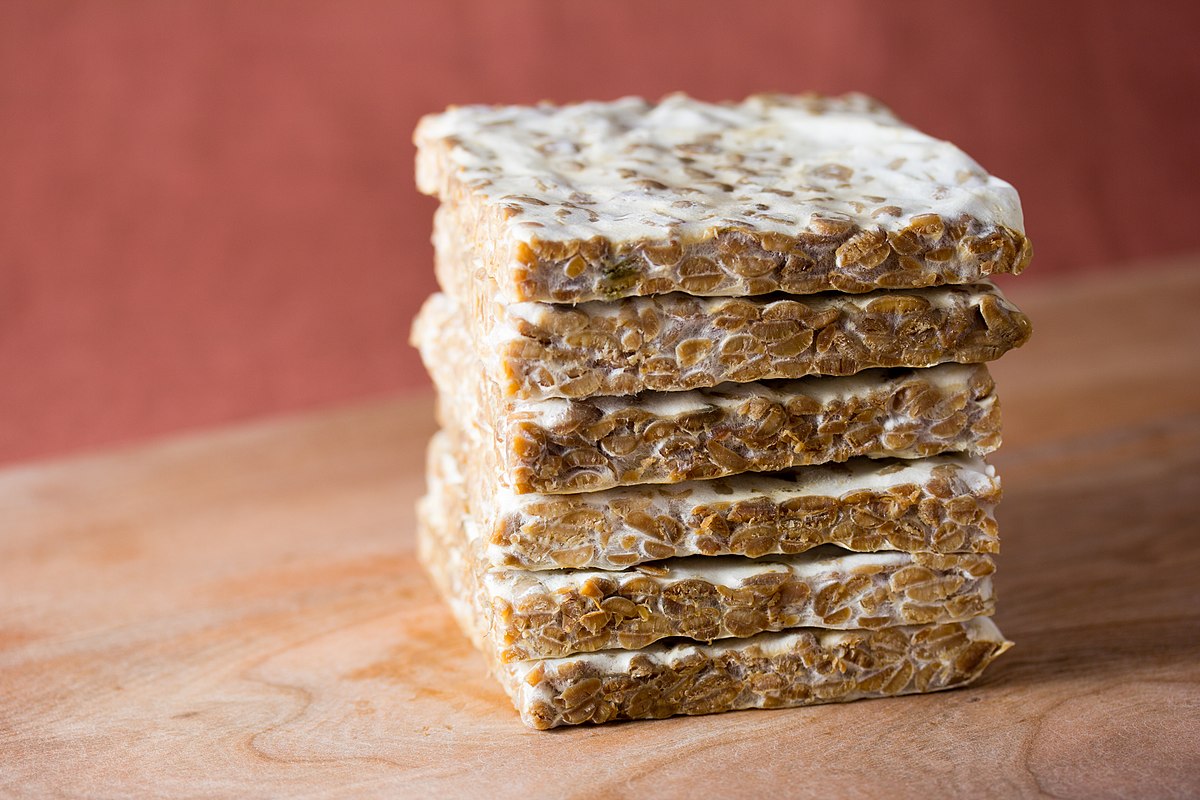
Tempeh, similar to tofu, is a fermented soybean product. The fermentation process yields firm, dense patties with a nutty and earthy paste known as tempeh. This fermentation not only results in a probiotic-rich food but also reduces the phytic acid content in soybeans, potentially improving mineral absorption. (5) Tempeh is also an excellent source of vegetarian protein, making it a suitable meat substitute in plant-based meals.
5. Kimchi
Kimchi is a staple in Korean cuisine, consisting of salted, fermented cabbage mixed with seasonings, including radishes, gochugaru, spring onions, garlic, ginger, and jeotga, among others. There are numerous kimchi varieties, all typically fermented for a few days to a few weeks before serving. The lacto-fermentation process employs Lactobacillus bacteria to convert sugars into lactic acid, giving kimchi its characteristic sour taste.
6. Pickles
Pickles rank among the top probiotic foods, but not all pickles undergo fermentation. To benefit from probiotic bacteria, it’s crucial to opt for naturally fermented pickles, where vinegar is not used in the pickling process. Instead, a salt and water solution nourishes the growth of beneficial bacteria. Shelf-stable products indicate that pickles were merely pickled and not fermented, as pasteurization during shelf-stabilization neutralizes probiotic bacteria.
7. Traditional Buttermilk
Traditional buttermilk is the fermented liquid remaining after butter churning and is a probiotic source. It has a tart, tangy flavor akin to a yogurt-based drink, containing live cultures of lactic acid bacteria. Unfortunately, the buttermilk commonly found in American supermarkets, known as cultured buttermilk, typically lacks probiotic benefits.
8. Miso
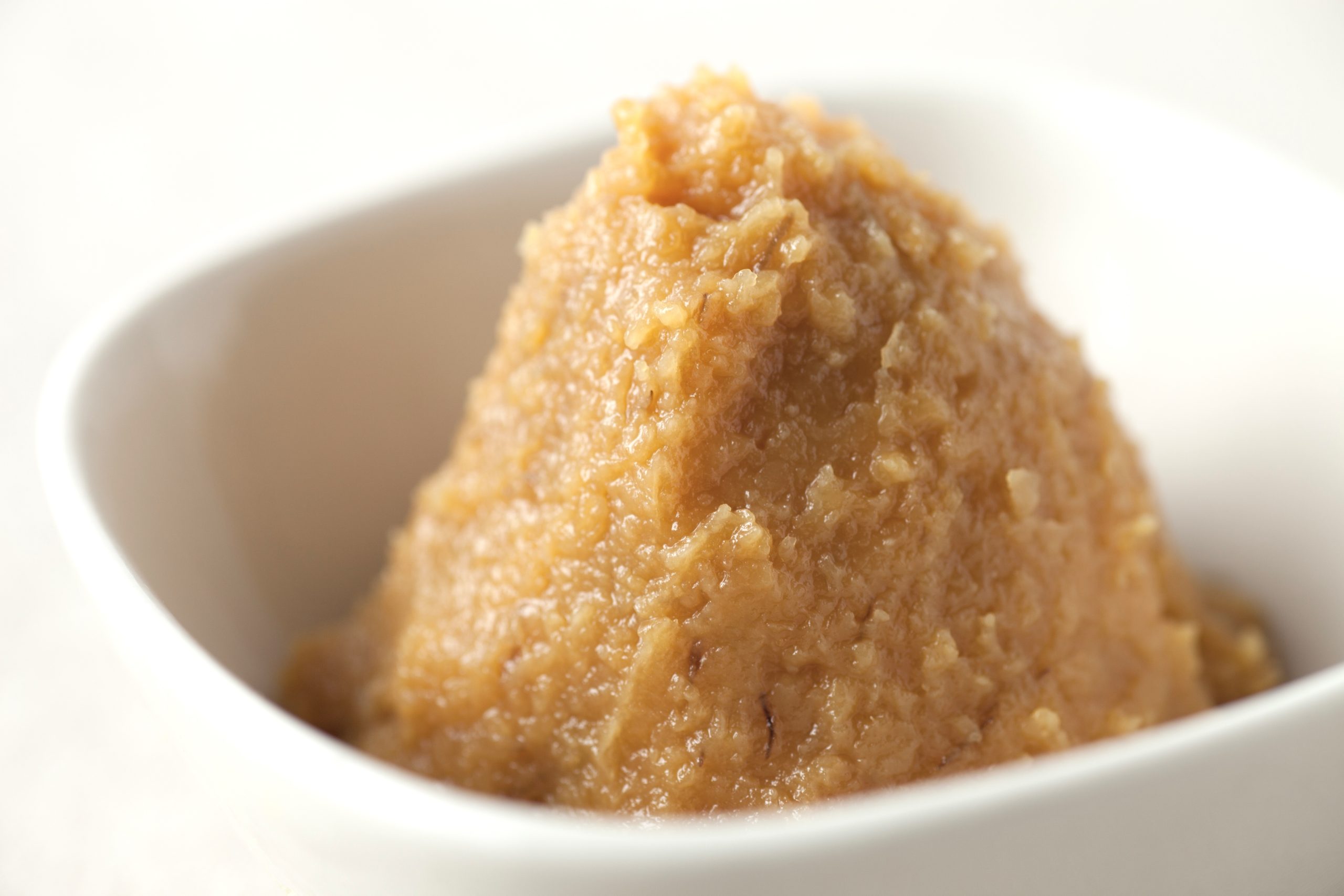
Miso is a fermented, probiotic-rich food deeply rooted in Japanese cuisine. It is produced from fermented soybeans, salt, and a fungus called koji. Miso is available in paste form and is renowned for its use in miso soup, containing live
, active cultures of bacteria. Miso comes in various colors, including white, yellow, red, and brown, and can be incorporated into stir-fries, used as a spread, marinade, or added to soups.
9. Kombucha
Kombucha is a fermented and slightly effervescent tea beverage crafted from black or green tea and a symbiotic culture of bacteria and yeast known as SCOBY. While kombucha has only recently gained popularity in North America, it has been a cultural staple in parts of the world, especially Asia, for millennia. Although research is limited, kombucha appears to offer many of the same health benefits as tea and is a good source of probiotic bacteria. (6) It’s important to note that not all store-bought kombucha is the same; it should be raw, and if it has been processed, filtered, or pasteurized, it is not authentic.
10. Some Cheeses
Many cheese varieties are produced through fermentation, but not all fermented cheeses contain probiotics. Similar to yogurt, cheese must include live and active cultures as ingredients to be considered probiotic foods. Raw (unpasteurized) milk cheeses contain beneficial bacteria, as the natural bacteria from the environment and milk remain alive during the cheese fermentation process. Probiotic-rich cheeses encompass aged traditional cheddars, Gouda, and Alpine cheeses like Gruyère. (7)(8)
11. Natto
Like tempeh and miso, natto is a fermented food originating from soybeans. Despite its unusual appearance, natto features a probiotic bacterial strain called Bacillus subtilis. A staple in Japanese cuisine, natto is often mixed with rice and serves as a source of Vitamin K, soy protein, and dietary fiber. (9)
12. Fermented Veggies
Besides pickles and cabbage, a wide range of fresh vegetables can be fermented to yield beneficial probiotic bacteria. The age-old practice of natural food fermentation not only provides a healthy dose of bacteria but also extends the food’s shelf life and nutritional value. Carrots, cauliflower, cucumbers, kohlrabi, peppers, radishes, snap beans, and turnips can all be fermented and enjoyed as snacks, side dishes, or paired with a delectable cheeseboard.
Incorporating probiotic foods into your daily or weekly diet is an excellent way to supply your gut with a beneficial bacteria boost that enhances overall health. With a wide array of probiotic foods to choose from, there are numerous avenues for adding probiotics to your diet and enjoying these bacteria-rich foods. As always, carefully read food labels to ensure you select genuinely fermented foods with live and active probiotic bacteria.

